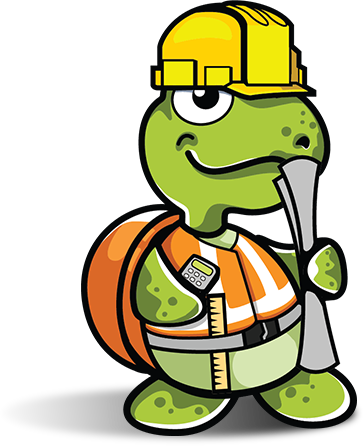Of all the industries that have been affected by the continuing spread of COVID-19, the real estate market has fared surprisingly well. While the market dropped by 48% at the start of the pandemic, it quickly rose back to pre-pandemic levels. Of course, agents have reported that the lack of supply may be the biggest hurdle going forward.
As a result of the lack of houses on the market, it’s not surprising that buyers are considering investing in a new construction home. By July 20, 2020, The US Census Bureau reported 1.2 million new construction homes have been completed.
With that said, buying a new construction home isn’t as easy as it may have been pre-pandemic. Why, you ask? Well, there are a few reasons for this challenge.
1. Government restrictions
Many areas across the nation consider construction an essential service, but that isn’t the case in some areas. For example, some types of construction in Rochester Hills, Michigan is permitted, but new home construction isn’t one of them. As a result, if a new home construction began before the pandemic, progress basically came to a standstill.
2. Concerns about health and safety
Naturally, staying safe and healthy is a top concern for many. But a result of the stay-at-home orders and social distancing protocols makes this difficult. Normally when someone is buying a new construction, there are a lot of meetings with the builder to pick and choose the features they want in the home. The design center acts like a hub where buyers can walk around and see what’s on offer. However, now buyers must make an appointment to do so and they’re not allowed to bring other people to help make decisions.
3. Labor shortage
Rampant unemployment continues to ravage the nation and although the unemployment rate fell to 8.4% in August, it’s still a problem. By mid-March, 29,000 construction employees had lost their jobs. As a result of this, some of the nation’s largest building companies are struggling to find skilled workers. So, instead of taking four months to build a house, builders are saying it can take anywhere from six to nine months to complete a house.
4. Supply shortages
As you may know, the pandemic isn’t just America’s problem – it’s a global problem, causing a disruption in the world’s supply chain. This means builders may have a difficult time trying to find enough supplies to finish a project on time. In some instances, builders may even have to reduce the kind of materials buyers can choose for their new abode. Because of the supply shortage, prices are going to go up. And, unfortunately, large homes are the bread and butter for building companies and building a small ranch isn’t lucrative enough.
5. Financing difficulties
The financial crisis caused by the pandemic is actually a boom for some individuals because they have the means to be approved for a mortgage, despite the increased requirements. However, for the average person, meeting those requirements is a lot harder, considering you’ll now need a higher credit score (it increased from 620 to 700 for some lenders), they need a larger down payment and some lenders even require an extensive history regarding income and debt.
If you’re thinking about buying new construction as the pandemic is still in full effect, you will want to think about it very carefully and do some research. Contact the builder you’re interested in working with and ask them various questions about the materials that can be used, what the time frame will be and so on. With proper planning, you can build the home of your dreams!


